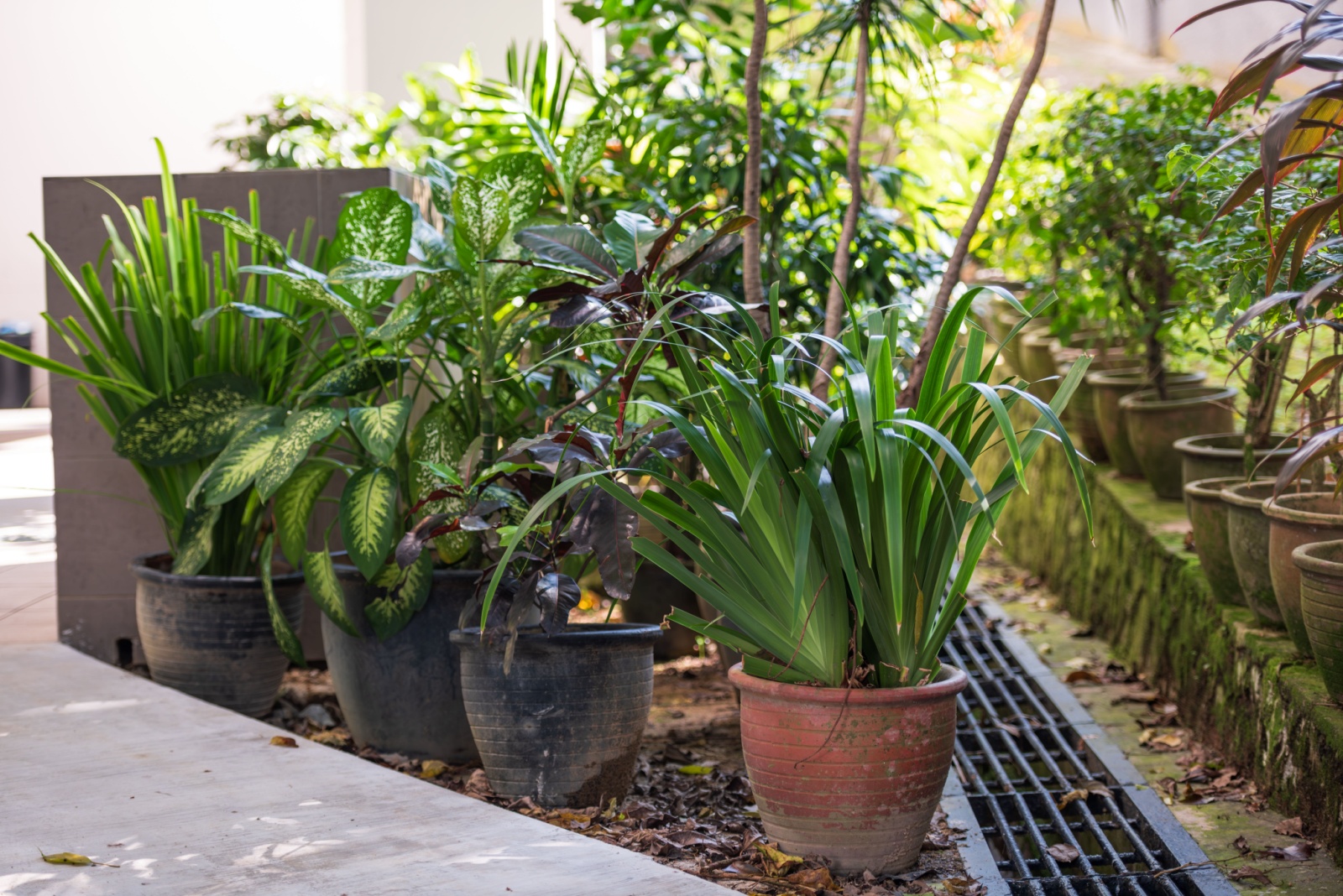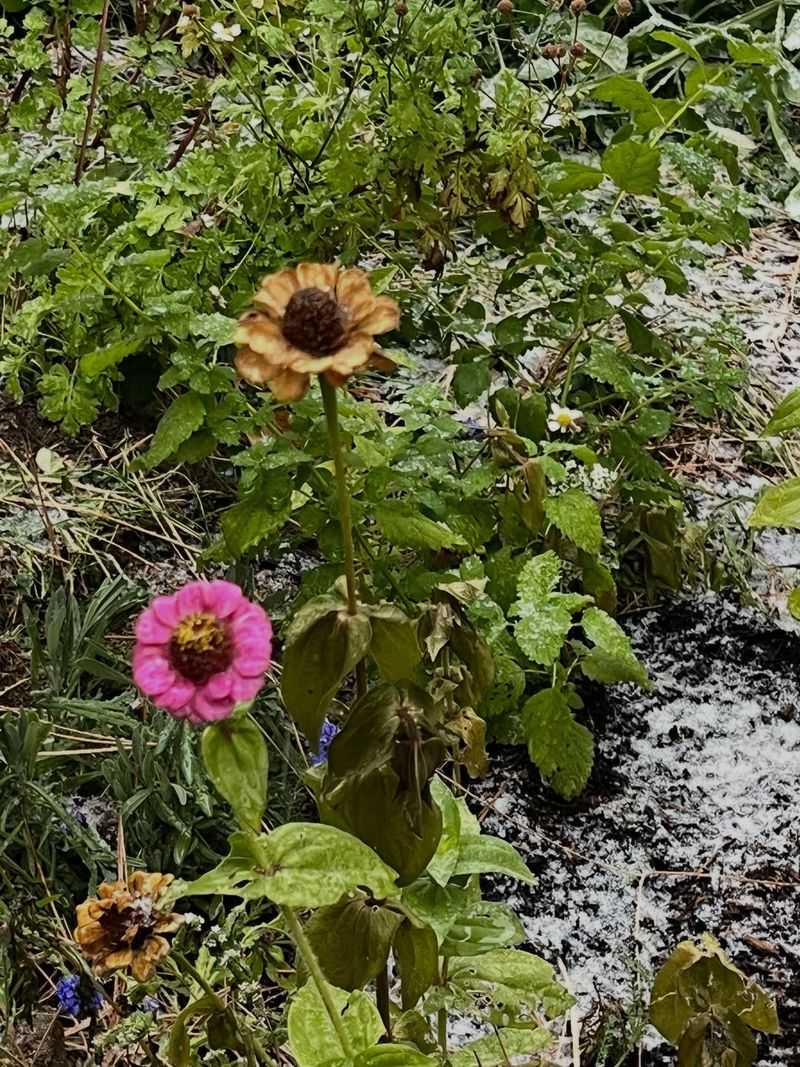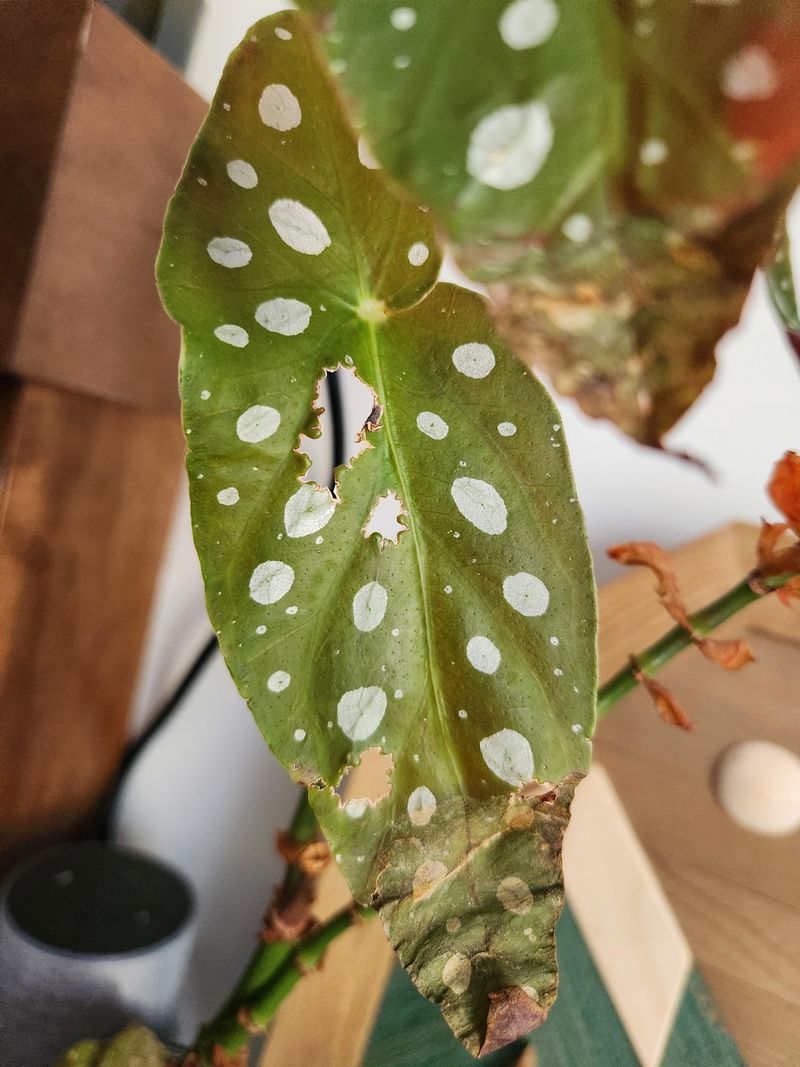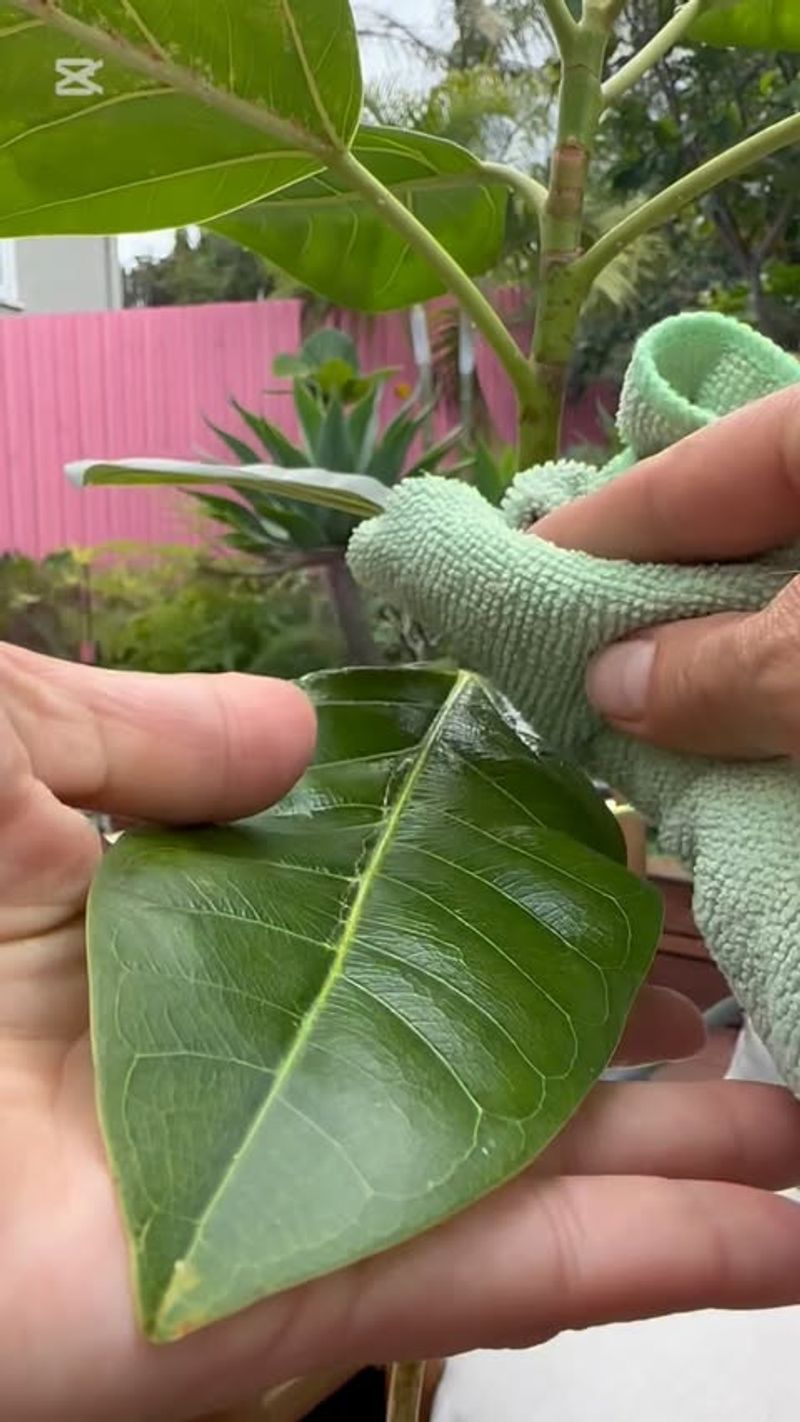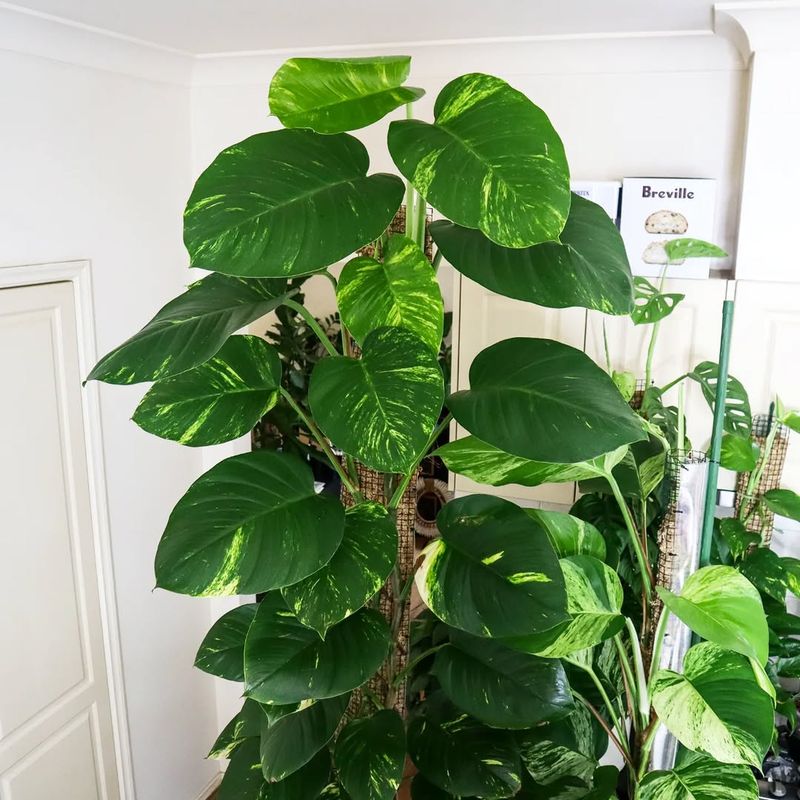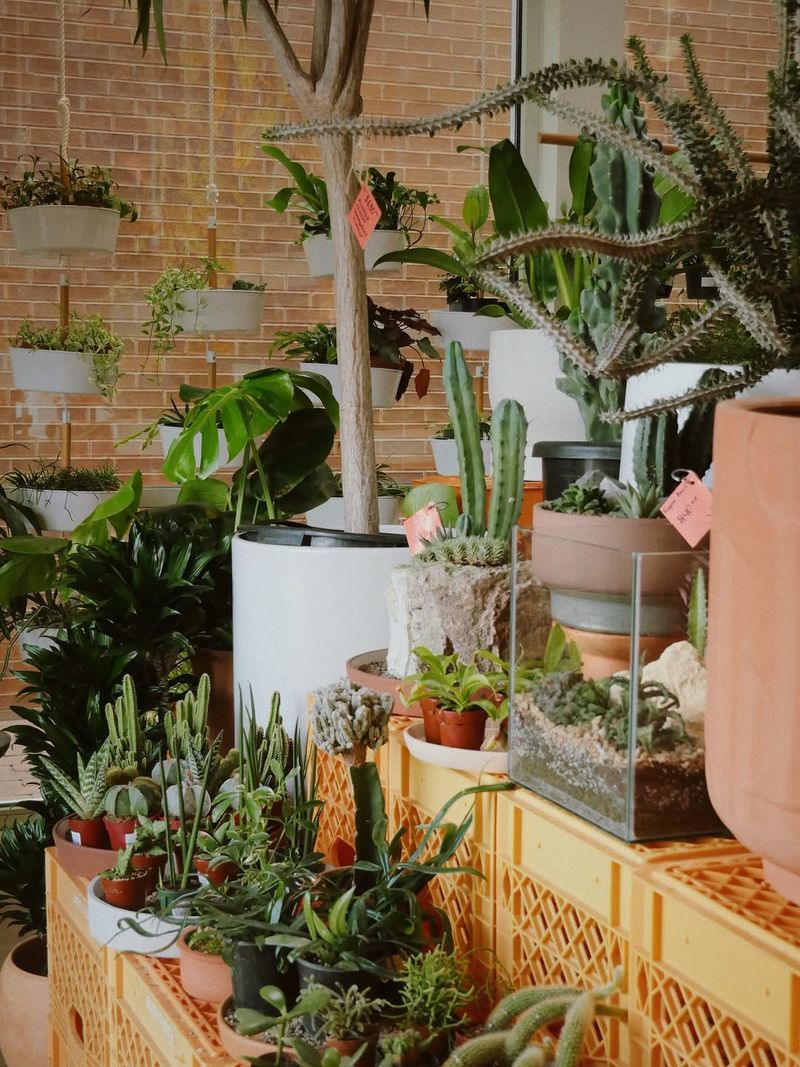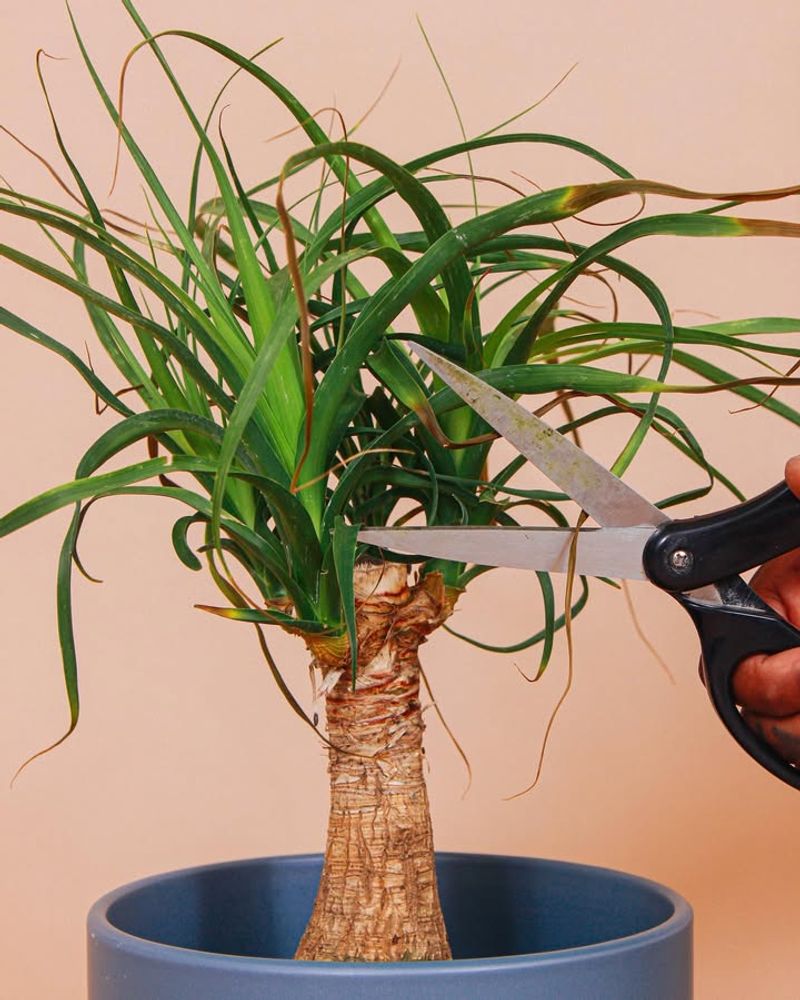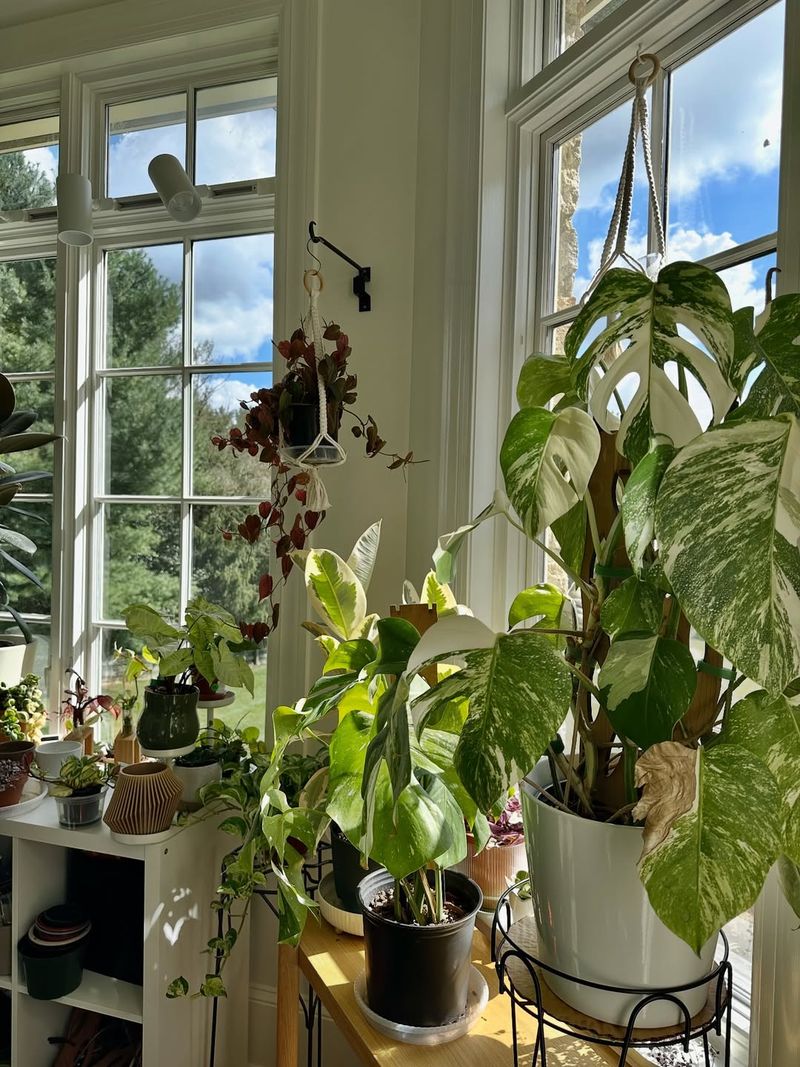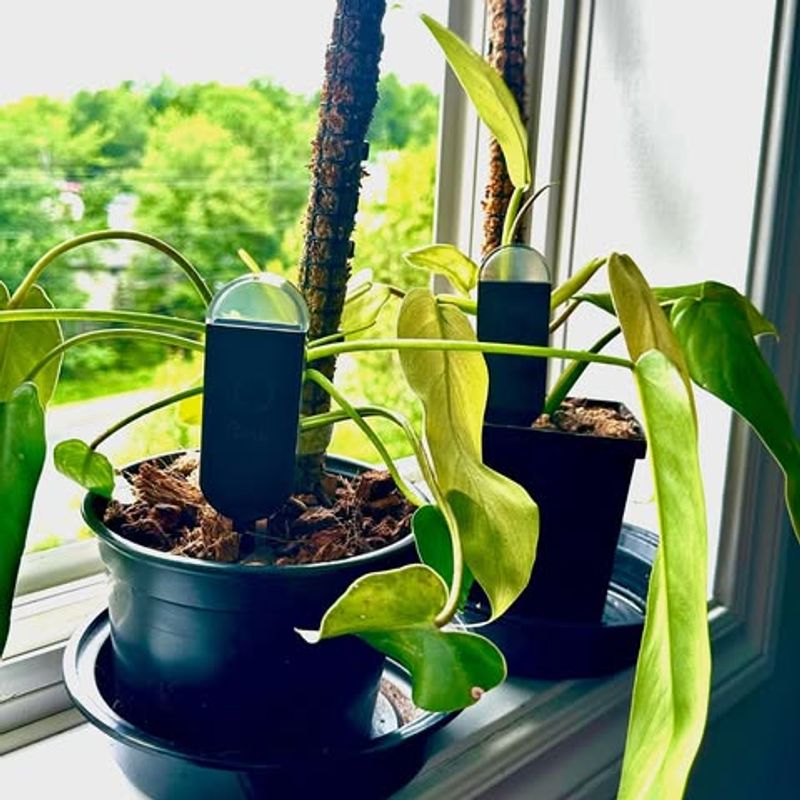When autumn sweeps across Ohio and the nights start to nip, your houseplants feel the chill just like you do. Those tropical leaves that thrived on the porch all summer won’t thank you for a cold snap—and once frost hits, it’s often too late.
The good news? With a little timing and care, you can help your green companions make a smooth move indoors and keep them thriving till spring. Here’s how and when to bring them in before frost finds them first.
1. Watch Ohio’s First Frost Dates Carefully
Ohio typically experiences its first frost between mid-September and mid-October, depending on which part of the state you live in. Northern regions often see frost earlier than southern areas.
Start checking local weather forecasts regularly once September arrives. Most weather apps will alert you when frost is predicted overnight.
Bringing plants inside a week or two before the expected first frost gives them time to adjust to indoor conditions without the stress of sudden temperature drops.
2. Inspect Plants For Pests Before Moving Inside
Outdoor plants in Ohio often pick up unwanted guests like aphids, spider mites, and other bugs during summer months. You definitely don’t want to bring these critters into your home where they can spread to other plants.
Check the undersides of leaves, stems, and soil surface carefully. Look for tiny insects, webbing, sticky residue, or unusual spots.
Spray plants with insecticidal soap or neem oil a few days before bringing them indoors to eliminate any hidden pests.
3. Clean Leaves And Pots Thoroughly
Months outdoors leave plants covered in dust, dirt, pollen, and grime that can block sunlight and harbor pests. A good cleaning helps plants photosynthesize better indoors.
Gently wipe down each leaf with a damp cloth or give plants a gentle shower with the hose. Scrub pots and saucers to remove algae, mineral deposits, and soil buildup.
Let everything dry completely before moving plants inside to prevent water damage to your floors and furniture.
4. Gradually Transition Plants To Lower Light
Moving plants directly from bright Ohio outdoor sunlight to dimmer indoor spaces causes shock that leads to leaf drop and stress. Plants need time to adjust their internal systems to new light levels.
Start by moving plants to a shadier outdoor spot for about a week before bringing them inside. Then place them near your brightest indoor windows.
Gradually shift them to their permanent indoor locations over another week or two for the smoothest transition possible.
5. Adjust Watering Schedules For Indoor Life
Indoor environments have less air circulation, lower light, and cooler temperatures than outdoor summer conditions. Plants simply don’t use water as quickly once they move inside.
Reduce watering frequency immediately after bringing plants indoors to prevent root rot and fungal problems. Always check soil moisture with your finger before watering.
Wait until the top inch or two of soil feels dry, then water thoroughly until excess drains from the bottom of the pot.
6. Prune Overgrown Or Damaged Growth
Ohio summer’s abundant sunshine and rain often cause plants to grow wild and leggy. Bringing oversized plants indoors creates space problems and makes them harder to care for properly.
Trim back excessive growth, remove dead or yellowing leaves, and shape plants into more manageable sizes. Use clean, sharp scissors or pruning shears to make neat cuts.
Pruning also encourages bushier, healthier growth and removes any parts that might be harboring disease or pest eggs you missed earlier.
7. Choose The Best Indoor Locations
Not all indoor spots work equally well for houseplants that summered outdoors. Light-loving tropical plants need south or west-facing windows to stay healthy through Ohio’s darker winter months.
Keep plants away from heating vents, drafty doors, and cold windows where temperature fluctuations stress them. Grouping plants together increases humidity, which many tropical varieties appreciate.
Consider using grow lights if your home lacks bright natural light, especially for sun-loving species like citrus and hibiscus.
8. Monitor Plants Closely After Moving
Even with perfect preparation, some leaf drop and adjustment stress happens when plants move indoors. Watch your plants carefully during the first few weeks for signs of problems.
Yellow leaves, wilting, or pest outbreaks need immediate attention to prevent bigger issues. Adjust watering, light, or humidity levels based on how plants respond to their new environment.
Most plants settle into indoor life within a month and will reward your careful attention with healthy growth throughout the cold Ohio winter.

